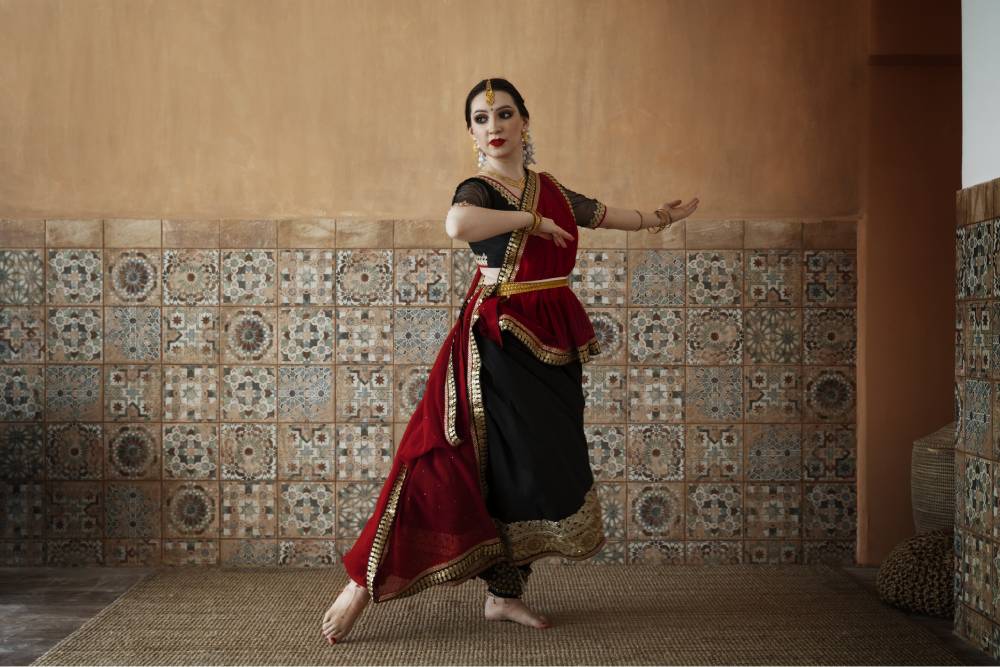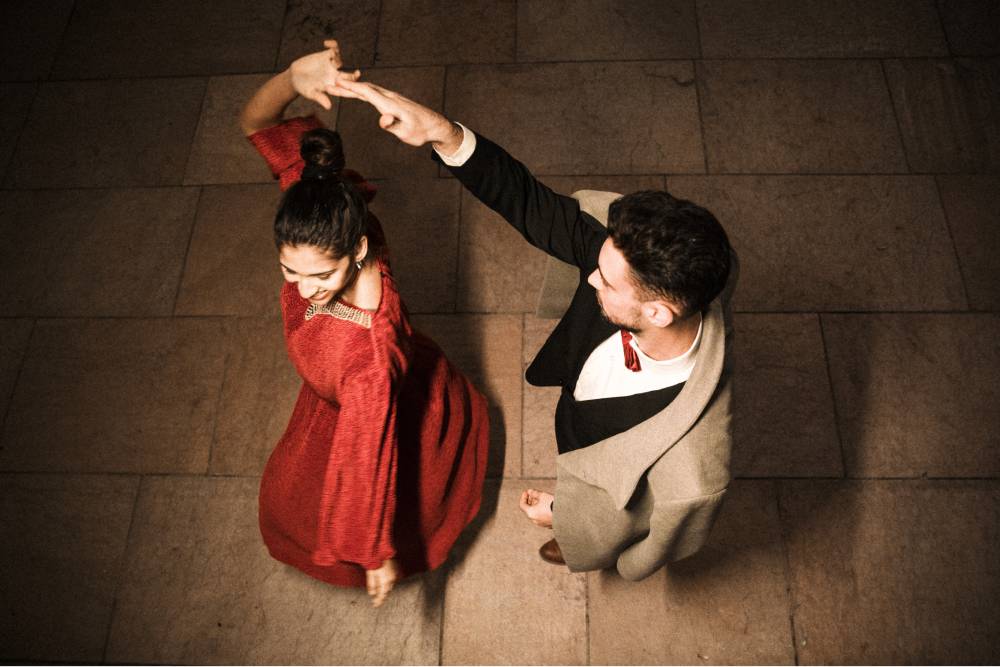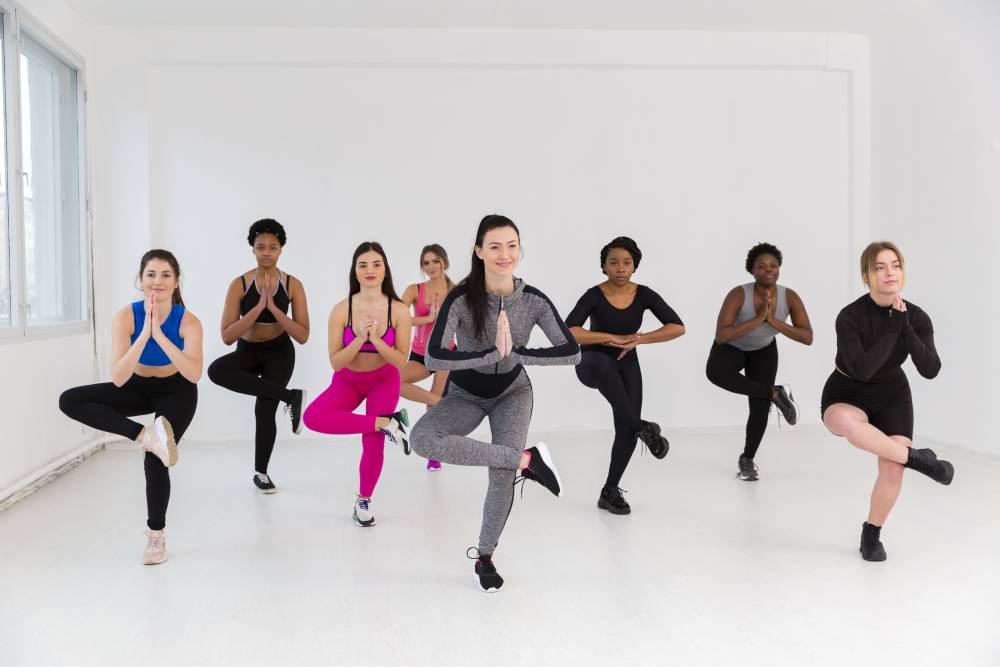Ballet (France/Italy):
Ballet, originating in the royal courts of France and Italy during the Renaissance period, is a classical dance form characterized by its graceful and precise movements. It is known for its ethereal beauty, elaborate costumes, and narrative storytelling through dance. Ballet techniques and terminology have influenced many other dance styles and continue to be a foundation for dance training worldwide.
Flamenco (Spain):
Flamenco, originating from the Andalusian region of Spain, is a passionate and expressive dance form that reflects the rich cultural heritage of the Spanish Gypsies. It combines intricate footwork, hand clapping, guitar music, and soulful vocals. Flamenco is characterized by its emotional intensity, rhythmic patterns, and improvisation, capturing the essence of Spanish folklore and traditions.
Bharatanatyam (India):
Bharatanatyam, one of the oldest classical dance forms from India, has its roots in the ancient temples of Tamil Nadu. It is a highly stylized dance that combines intricate footwork, hand gestures (mudras), facial expressions, and elaborate costumes. Bharatanatyam often tells mythological stories and explores themes of devotion and spirituality. It is known for its precise rhythmic patterns and the ability of dancers to convey emotions through subtle movements.
Hula (Hawaii):
Hula is a traditional dance form from the Polynesian islands of Hawaii. It is a storytelling dance that combines graceful hand movements, hip swaying, and chanting. Hula portrays Hawaiian legends, myths, and historical events, connecting dancers with their ancestors and the natural world. It celebrates the culture and traditions of the Hawaiian people and is often performed in colorful costumes accompanied by live music.
Tango (Argentina):
Tango originated in the working-class neighborhoods of Buenos Aires, Argentina, in the late 19th century. It is a passionate and sensual partner dance that blends elements of African, European, and indigenous influences. Tango is characterized by its close embrace, intricate footwork, and improvisation. It expresses a range of emotions, from longing to desire, and has become a symbol of Argentine culture worldwide.
Kathak (India):
Kathak, another classical dance form from India, originated in the northern regions of the country. It is a narrative dance that combines intricate footwork, fast spins, and expressive gestures. Kathak dancers often perform intricate rhythmic patterns, known as tala, accompanied by live music. The dance form has evolved over centuries, merging elements of Persian and Mughal influences, and continues to captivate audiences with its elegance and storytelling.
Samba (Brazil):
Samba is a vibrant and energetic dance style that originated in Brazil, particularly associated with the annual Carnival celebrations. It is characterized by its fast-paced footwork, rhythmic hip movements, and lively music. Samba reflects the cultural diversity and Afro-Brazilian roots of the country, with each region having its own unique variations and styles.
These are just a few examples of the multitude of dance styles found across the globe. Each dance form holds cultural significance and reflects the history, traditions, and values of its respective region. Through dance, people express their identity, preserve their heritage, and celebrate their community. Exploring and appreciating different dance styles allows us to embrace the beauty of cultural diversity and deepen our understanding of the world we live in.
In conclusion, dance styles across the globe showcase the richness and diversity of human expression. From the elegance of ballet to the passion of flamenco, from the storytelling of Bharatanatyam to the exuberance of samba, each dance form carries with it the spirit of a particular culture. By exploring and embracing these dance forms, we can celebrate and preserve our collective heritage while fostering a deeper appreciation for the beauty and power of dance.

Jass
Jass earned her bachelor’s degree in Computer Science, transitioning into a profession as a content writer. With a keen mastery of words, she takes pleasure in expressing her thoughts and ideas creatively. Her ability to captivate audiences with her imaginative write-ups stands out as one of her notable strengths.



